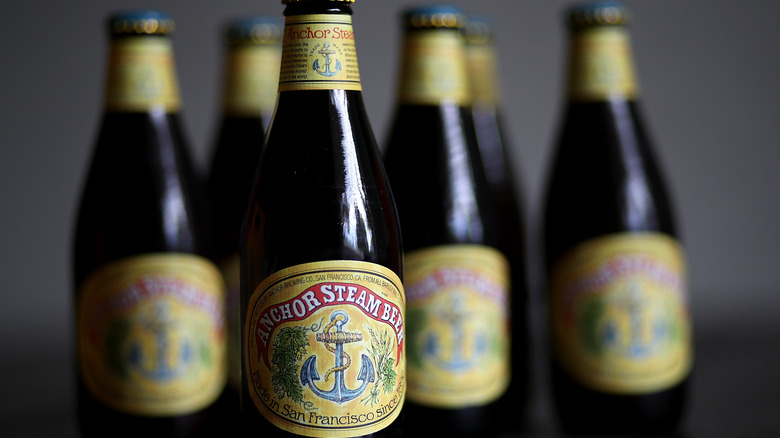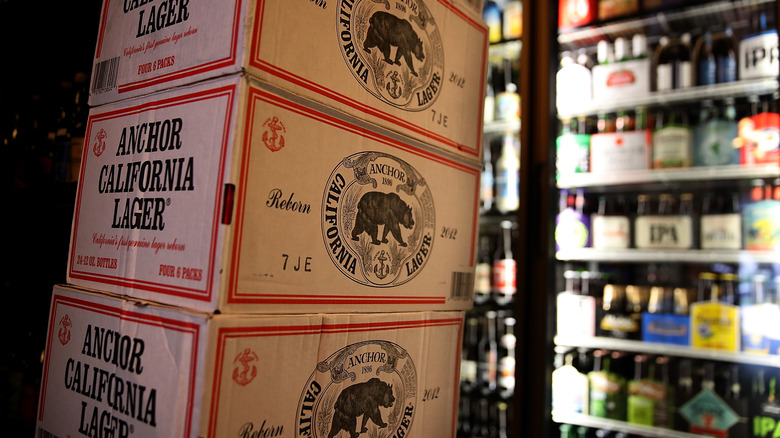Steam Beer's Gold Rush Origins
Steam beer is one of the most unique things in American beer, a drink that is both old and original. While the craft beer and microbrewery boom have caused a resurgence in beer innovation in the United States, that wasn't the case for most of the country's history. As a nation built on immigration, the beer styles enjoyed in this country have mostly come from Europe.
Early Americans mostly drank the English-style ales popular in their home country, and then switched to German beers after a massive wave of German immigration. Consequently, the larger beer companies that took off later in the 19th century, like Anheuser-Busch, were producing German styles like pilsner, and they became what we think of as "American" beer.
Then there is steam beer. One of the oldest styles produced in the U.S., it also isn't a style you will find in a European bar. Steam beer has a unique toasted flavor profile that is both malty and somewhat hoppy and fruity. It's also known as California common, after its state of origin.
The original style of steam beer owes a lot to the history of its home state, as it's a product of both its early immigrant population and the unsettled frontier. It's a Golden State beer that was born during the gold rush, to serve the thirsty masses that were flowing across the continent.
Steam beer was brewed by and for California pioneers
Like most American beers, steam beer started with a European style, but circumstances morphed it into something new. Most of the immigrants coming to California during the gold rush were from Northern Europe, and so lager was the beer style they preferred. There was one problem however, lager is brewed at cold temperatures, and the new West Coast territory lacked the infrastructure to produce ice and keep beer cold.
The solution was to basically say "who cares," and brew the lager yeast at warmer temperatures. California also lacked a steady supply of brewing grains like barley, so brewers used a mix of corn grits and other cereals instead. The result was a lager, brewed like an ale, with a new group of flavoring ingredients. It was America's first truly original beer style.
Despite its non-traditional style, it found a welcome audience with the hardscrabble workers of the growing state. Its first glory days were short-lived however, as the advent of commercial refrigeration made brewing true lagers possible, and steam beer's popularity waned.
It managed to limp on until one manufacturer, Anchor Brewing Company, was purchased by a new owner in the 1960s, who helped resurrect the style through its now-trademarked Anchor Steam. The revived brand helped drive a resurgence of the style through the world of craft beer, so steam beer lives on, and the old style was given a new lease on life.

